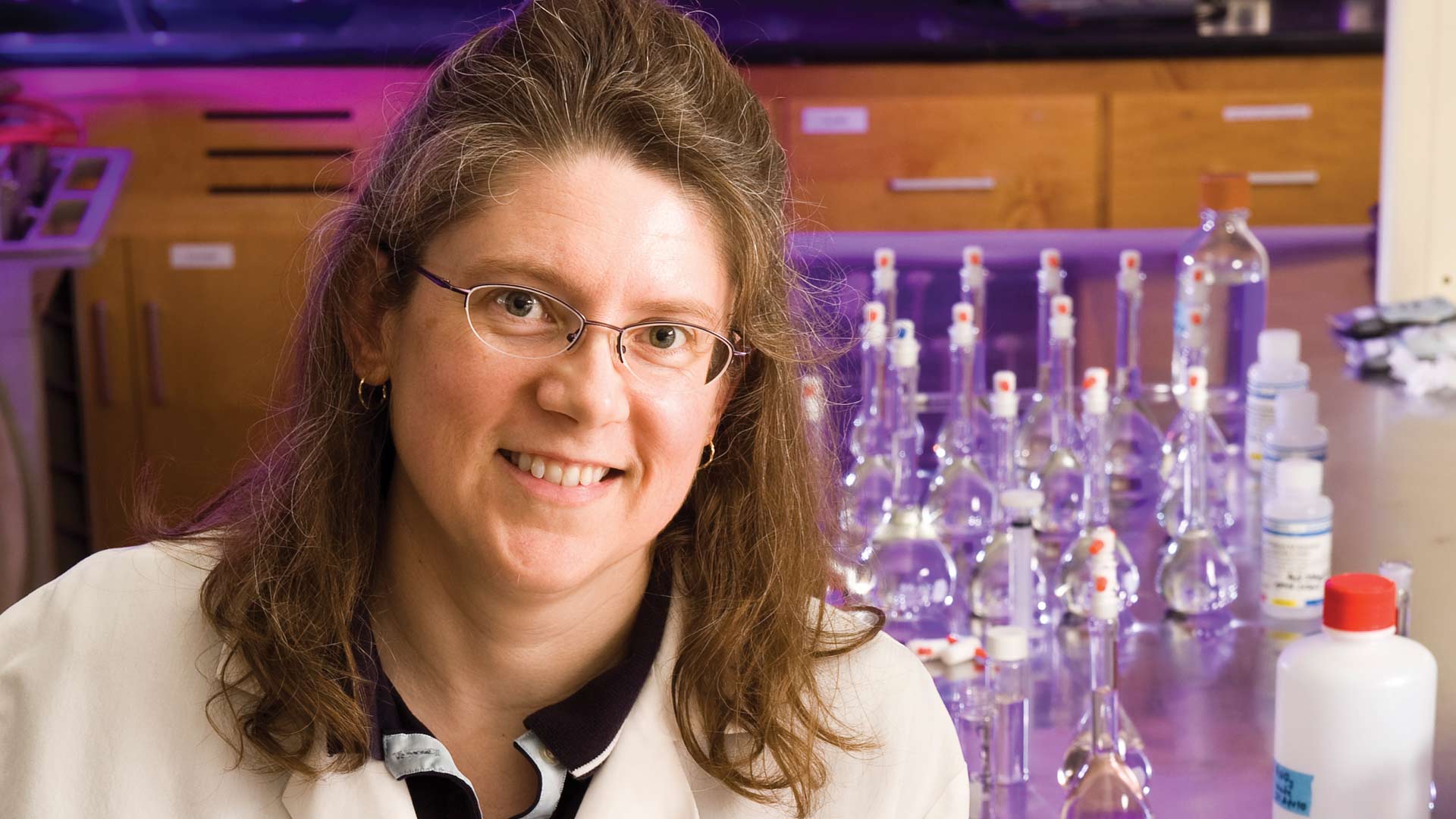Renewable fuel advocates have high hopes for cellulosic ethanol — made from
plant waste rather than corn. Reality may take a little longer.
A federal mandate passed a few years ago required that 250 million gallons of cellulosic ethanol be included in U.S. fuel consumption by 2011 and 500 million gallons by 2012. The provision was part of the Energy Independence and Security Act of 2007, which mandated that renewable fuel use in our country increase from 9 billion gallons in 2008 to 36 billion gallons by 2022.
Starting in 2016, the entire increase in the renewable fuels target was to be met with advanced biofuels such as cellulosic ethanol and other non-cornstarch-derived fuels.
But there is a problem: cellulosic ethanol is not yet commercially available. So the U.S. Environmental Protection Agency had to lower the target volumes to 6.6 million gallons of cellulosic ethanol in 2011 and 8.65 million gallons in 2012.
So when will the cellulosic ethanol industry start producing the needed quantities? The fuel’s technology has not advanced as rapidly as predicted. Research, development and investment are ongoing, but it will be several years before cellulosic ethanol production is at federal targets. POET, the world’s largest ethanol producer, announced it is constructing a cellulosic ethanol plant in Emmetsburg, Iowa that will produce about 25 million gallons a year starting in 2012.
How does this impact Minnesota agriculture? The market for corn-based ethanol is not likely to be undercut by cellulosic ethanol any time soon. Corn ethanol production is increasingly more efficient. AURI is supporting innovations such as using fungus to treat thin stillage, which allows clean water to be recycled back into ethanol production to increase efficiencies, and using alternative ag feedstocks for fermentation such as
beet pulp.
AURI is focused on developing alternative biomass uses. But not all of the available biomass will be converted into cellulosic ethanol. We are looking at opportunities such as converting biomass to solid fuels, advancing torrefaction and pyrolysis technologies to produce biochar or bio-oil, and developing high-value specialty chemicals from ag coproducts. AURI continues to identify and support these applied research activities that advance Minnesota agriculture.
